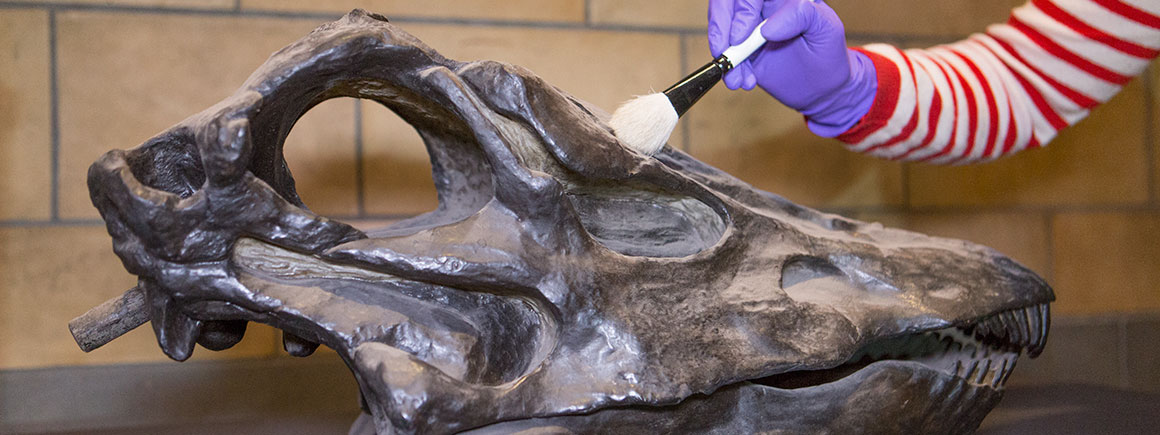New dates coming soon
New dates to be announced soon, please check back for updates on the Museum's training and development courses.

Covers hazards posed by specimens and laboratory work, and how to protect people, collections and the environment.
Working with natural history specimens has the potential to be dangerous. Risks can include anything from hazardous or toxic chemicals to manual handling of heavy samples.
This one-day course covers the major hazards posed by specimens and laboratory work.
It allows those working with natural history collections to understand the risks and learn how to protect themselves, their team, their collection and the environment.
The course will be led by our conservation team and will be structured, participative and stimulating. Delegates will get printed course materials which will be used on the day and can be taken away for future reference.
This one day course will cover:
Hazards and how to identify them
Laboratory-based hazards
By the end of this course delegates will be equipped with the skills and ability to:
Contact the Training and Development team on +44 (0)207 942 6182 or email us.
New dates to be announced soon, please check back for updates on the Museum's training and development courses.